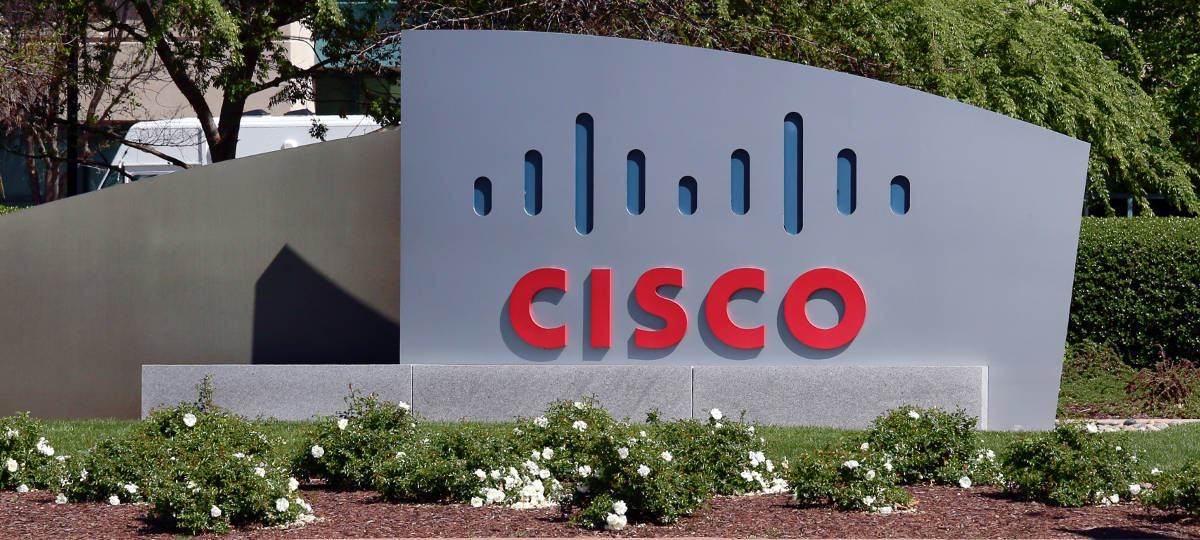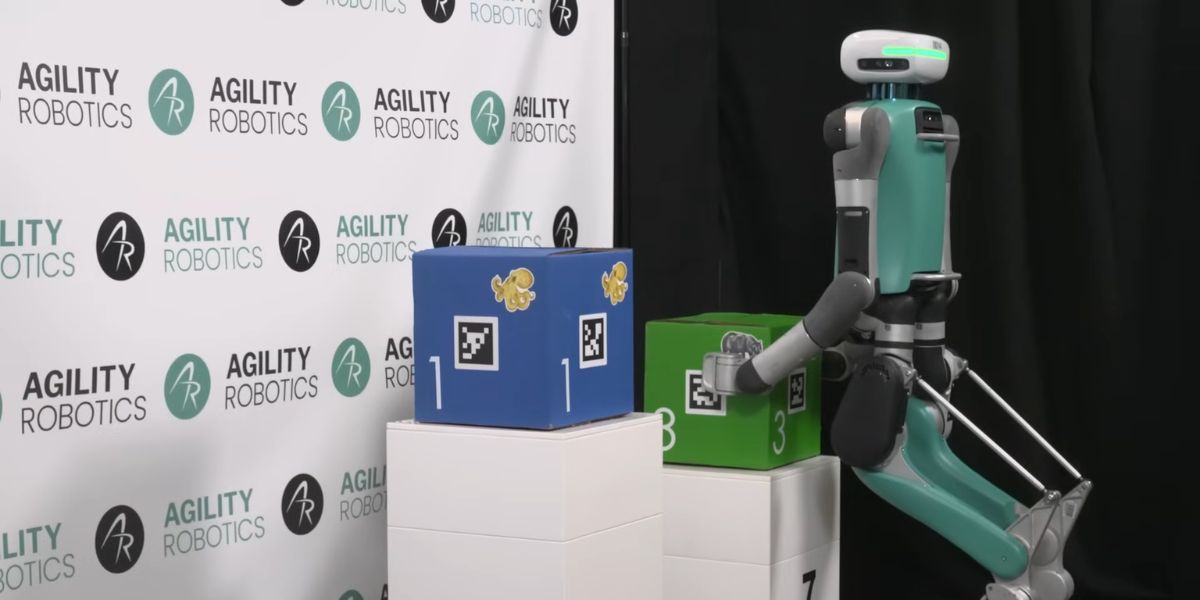The MEF announced on October 22 that CenturyLink, Frontier, and TelePacific are now participating in the MEF Ethernet Interconnect Points (EIP) project, which aims to standardize guidelines for current and future Ethernet Operators around the world. The three carriers are involved in EIP Rapid Prototyping at the University of New Hampshire’s Interoperability Lab, along with AT&T, Verizon, and Windstream who already have been testing at the lab, as announced in April. The participation of a growing number of Operators in prototyping emphasizes the need in the market to create a common Ethernet connectivity fabric that is able to transport customers’ traffic seamlessly across multiple carrier networks. For a video overview of the EIP project, see the EIP page on the MEF site.
EIP Rapid Prototyping is designed to assess the implementation of draft sections of the EIP Implementation Guideline (Use Case 1, Phase 1), which is approaching the final stages of MEF member review and approval. The Implementation Guideline will provide guidance for how operators can efficiently evolve their networks to meet full MEF 26.1 External Network to Network Interface (ENNI) and MEF 33 Ethernet Access Services Definitions specifications, either all at once, or in a series of steps. Use Case 1 in the initial Implementation Guideline involves an Ethernet Private Line service created between two operators. The document’s target release date is the MEF Quarterly Members Meeting that will be held 25-28 January 2016 in Scottsdale, Arizona.
Perspectives From The MEF & EIP Project Participants
MEF President Nan Chen: “In today’s market, service providers are frustrated when asked to provide end-to-end Carrier Ethernet services over network segments they don’t control because they must purchase wholesale Ethernet services from other suppliers, and there’s no standard process for that. While the MEF-defined ENNI has become the standard technical interface between carriers, not everything is defined by the ENNI, including effective business processes between two or more operators. What’s more, carriers tell us they need a better way to define and enable end-to-end service management and troubleshooting. That’s where the EIP project comes in – to recommend how to use MEF specifications for those additional business and technical processes. Over time, the comprehensive fabric of interconnected CE networks will serve as a foundation for even more advanced services enabled by LSO (Lifecycle Service Orchestration), SDN, and NFV.”
Bruce Eldridge, Principal Architect, CenturyLink Business: “The increasing demand for Carrier Ethernet services is driving the need for interoperability. The EIP project will facilitate the continued adoption of MEF specifications. This will lead to faster delivery of Carrier Ethernet services to both rural and urban markets, supporting commerce at local, regional, national, and global levels.”
Lisa R. Partridge, Senior Manager, Data Market Management, Frontier Communications: “We’ve all run into the various implementation strains and complexities when extending our Metro Ethernet Networks (MENs). Therefore, Frontier’s perspective was one of immediate reward to be engaged with a group of likeminded Subject Matter Experts (SME’s), all working towards a common goal of ensuring our customers’ effortless transition from TDM to Ethernet.”
What’s Next For The EIP Project?
Looking beyond the January 2016 planned release of the initial EIP Implementation Guideline, the MEF is also planning future releases of the guideline focusing on additional use cases with broader service provider participation. Further development of the Implementation Guideline will be able to leverage the release of new MEF specifications, such as MEF 51 OVC Services Definitions, which includes the new wholesale E-Transit service that promises to play a fundamental role in accelerating adoption of CE 2.0 (Carrier Ethernet 2.0) services.
While the current EIP project is focused on interoperability guidelines at the service definitions and attributes level, the EIP project will also cover many aspects of provisioning an Ethernet interconnection – including alignment of business processes based on the Service Operations Guidelines specification MEF 50 Carrier Ethernet Service Lifecycle Process Model as well as LSO orchestration based on the upcoming MEF LSO Reference Architecture..
EIP Project & The GEN15 Services Interconnect Zone
The EIP project, MEF Services Interconnect (MEF-SI) Program, and CE 2.0 certification reference services and modules will be key focal points of the Services Interconnect Zone at the upcoming GEN15 conference (www.gen15.com) taking place during 16-19 November at the Omni Hotel in Dallas, Texas. The Services Interconnect Zone is the industry’s first meeting place for stakeholders working on standardizing and streamlining interconnectivity between buyers and sellers of CE 2.0 wholesale services.
Five out of the six service providers participating in the EIP project are sponsoring GEN15, as well as all of the technology and testing solutions providers who are supporting the prototyping at UNH IOL – including Accedian, Alcatel-Lucent, Canoga Perkins, Ciena, Cisco, Juniper Networks, RAD, and Veryx.















